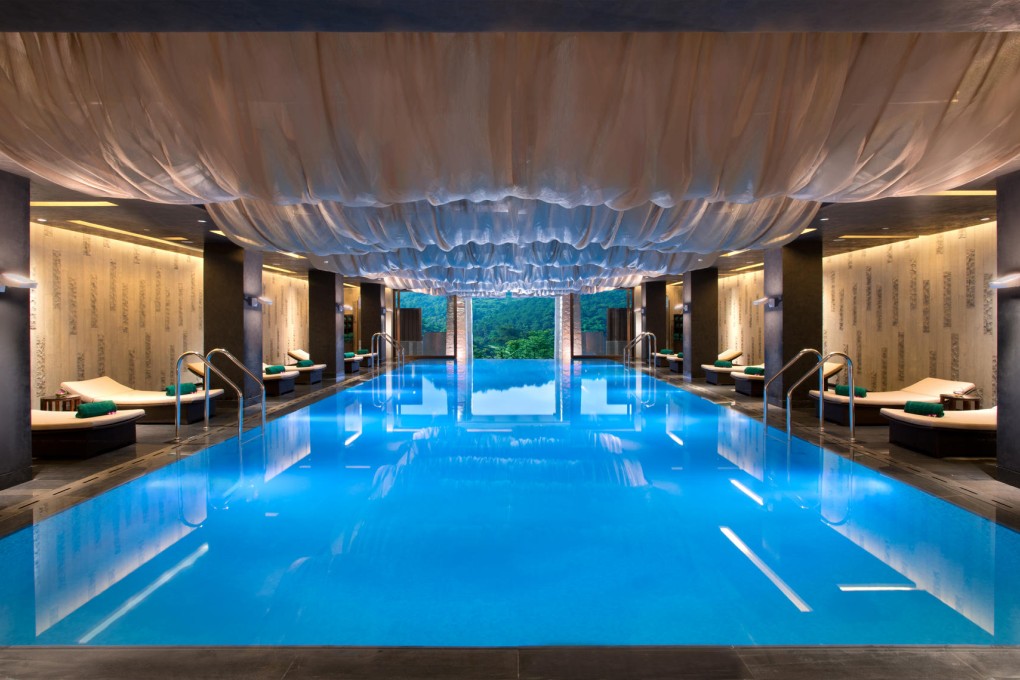Chongqing's Banyan Tree Resort is relaxing, but don't miss the area's historical sites
The Banyan Tree Chongqing Beibei is all about relaxation, but it's also worth exploring the surrounding historical sites, says Vickie Chan

It's cold, damp and grey when I arrive at Chongqing Jiangbei airport - not the sort of holiday weather I was hoping for.
During the chauffeur-driven ride to Banyan Tree Chongqing Beibei, industrial buildings and small farms flank the road. Banyan Tree is the first international hotel chain in the area.
On arrival, the cool clean mountain air makes me long for a hot tub. This place feels a million miles away from the world of stress and work; there is Wi-fi, but Gmail barely works here.
The villas are traditional, with modern touches. There are the curved roofs and bat motif tiles that you see all over Chongqing. It's comfortable but quintessentially Chinese, and you can imagine living in this well-designed space. The toilet is heated, the shower has two taps for sharing, and there are televisions in the bedroom and living room.
My balcony looks out over the resort, and the mountains and the stream running through the property add to the natural vibe. My hot tub beckons with its hot (38 degrees Celsius) water.
Lunch at one of the resort's three restaurants, Bai Yun, is delicious and uses fresh local favourites such as cloud ear mushrooms and crunchy wai san (Chinese yam).
I enjoy a massage in the spacious Chinese-style spa. I'm surprised to be welcomed with "sawasdee ka", it transpires that my masseuse hails from Phuket.